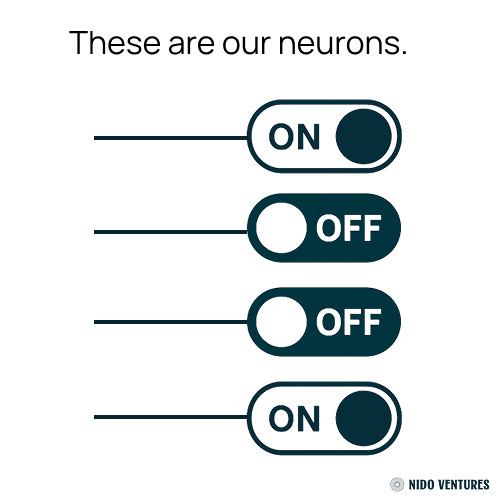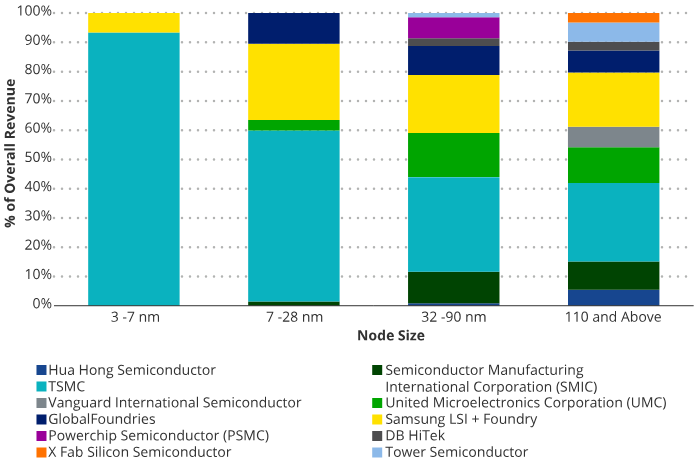Welcome to the Sunday Nest!
Every Sunday, we’re curating the essential reads from Nido’s archive alongside our latest deep dive. Think of it as your weekend briefing on the ideas that matter. The place where this week’s insights meet timeless fundamentals. Today we’re exploring AI’s critical infrastructure layer—from how governments should regulate it, to how these models actually think, to Mexico’s play for a piece of the semiconductor supply chain that powers it all.
This Week’s Deep Dive
Perspectives on AI regulation
The prevailing narrative on the largest risks associated with advanced non-human intelligence have consistently fixated around existential level threats. Our obsession with fantastical scenarios of an epic inter-species battle is almost as old as literature itself. Take for example the legendary 2016 Go game between DeepMind’s AlphaGo and Lee Sedol. Sedol’s single win in a best of 5 match was a moment of unity for humanity, some laud it as a symbol of human ingenuity; a sign that we are here to stay (more on The Guardian).Films like “Ex Machina” anthropomorphize artificial intelligence, depicting it as an alien form who is in danger of operating with hidden goals adversary to humanity’s existence. These scenarios make for entertaining and fear-inducing tales. After all, it is a primal reaction to fear unfamiliar beings, a fear that is amplified if these entities operate at equal or higher intelligence than we do.
From the Archives
🧠 LLM Anatomy 101: How Large Language Models "Reason"
The colossal size of modern Large Language Models (LLMs) has sparked an intriguing sense of awe and unease in even the most articulate experts. The inner workings of these models have become a mystery in many ways, hidden behind a tangled mess of mathematics and logic impossible to follow. Essentially, while the implementation of “weights” (will be expl…
In line with AI, this week Economy Secretary Marcelo Ebrard announced CloudHQ’s $4.8 billion investment for a Querétaro campus with six facilities, creating about 7,200 jobs and using non‑water cooling. He framed it as infrastructure for Mexico’s AI new economy. (more on el Financiero)
🔭 Project Kutsari: Mexico's Strategic Semiconductor Play
The AI hype, coupled with the CHIPS act, has accelerated the growth in the semiconductor industry. Global superpowers fight for dominance, pushing players such as Deep Seek (more on ConteNido) to use clever engineering strategies to compete with the hardware advantages given to U.S. companies by Nvidia.
From boardrooms debating AI governance to the silicon chips that make models run, this week’s stories trace AI’s full stack. Mexico’s semiconductor ambitions, newly validated by CloudHQ’s massive Querétaro investment, remind us that the AI revolution isn’t just about algorithms—it’s about power grids, water resources, and the countries strategic enough to build the infrastructure that others will depend on.
See you on Monday for your weekly news
From the Nido,




